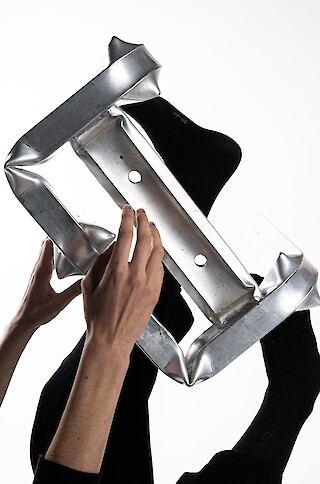
Exhibitions and other productions with a scenographic character are often equipped with high-quality materials that only have a short lifespan. In view of this limited use, it makes little sense to use only new materials. This is precisely where Studio Topo comes in, by designing scenarios for reuse and developing an initial application with the Y-Stool.
The Y-Stool was designed for the scenography of an exhibition on the utilization of residual and waste materials in the Material Archive Switzerland. The starting point for the production was used aluminum profiles, which were reprocessed in a six-step process: First, the old material was cut to the required length, followed by cleaning with acetone and white spirit, marking the bending points, then bending with a five-ton press under the dies specially developed by Studio Topo and finally welding the three parts together to form the finished stool.
The project was developed as part of the Z-Kubator funding program of the ZHdK.
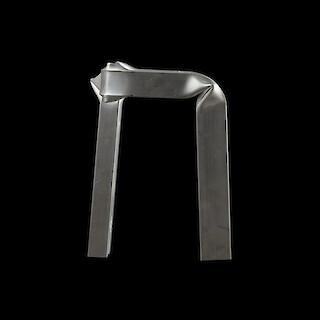
"With the y-stool, we are trying to meet ecological requirements in the field of exhibition design and scenography."
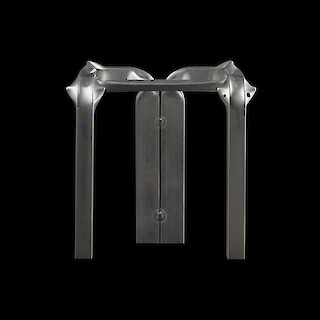
"The process we have developed allows to recycle discarded aluminum profiles into a new product with a strong character, thus extending their life cycle."
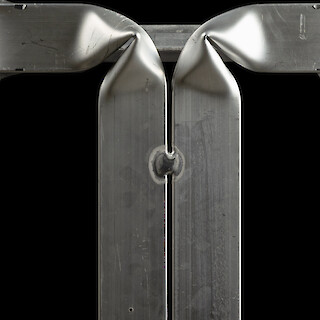
What is the special aesthetic feature of the Y-Stool and how does it relate to the fact that you use second-hand materials?
A tight time frame and the restriction of having to use used aluminum profiles ultimately allowed us to take a new approach to materials. It was an interesting challenge, because designing with waste materials offers the possibility of a special, individual expression. We often asked ourselves to what extent traces of use should be concealed or whether we could find a design language that would integrate them well. The result is an object with a strong character that could never have been realized in the same way with new aluminium.
Have you encountered any difficulties?
It was not easy to work out the matrices and the shapes required for production in such a way that the aluminum profiles could be bent with sufficient precision and control. However, the challenging process is in line with our design philosophy, which is all about trial, failure and intuition. It is not the search for the timeless design, but the consolidation of individual circumstances that guides our design practice.
Which audience are you targeting with the Y-Stool?
It is evident that reuse is only one of many strategies for overcoming ecological problems, alongside recycling and doing without. Nevertheless, there are many good reasons for reusing materials that have been used once in exhibitions - not only for ecological reasons, but also explicitly for aesthetic reasons. We hope to inspire people to use the Y-Stool who are interested in material experimentation and have an awareness of material flows in the product world.
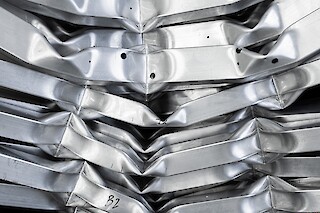

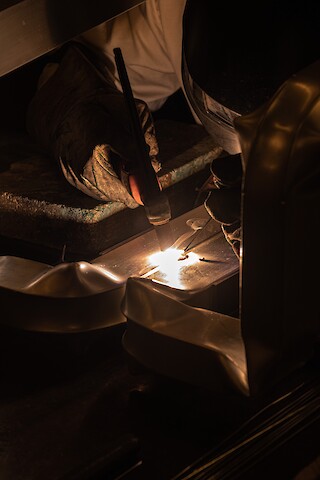
CHF 350.–